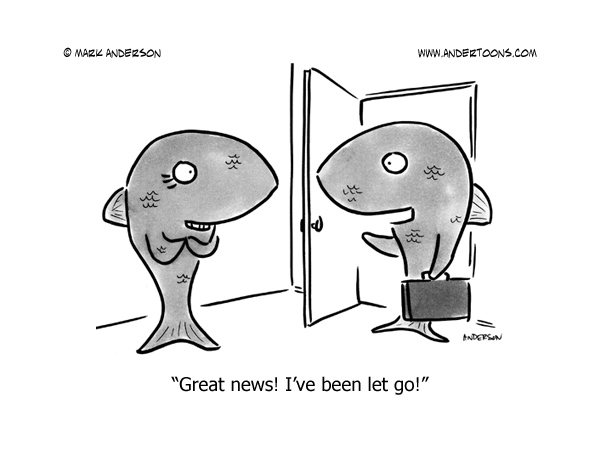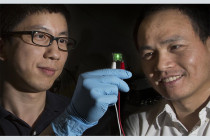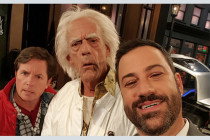It turns out it is easier to find the path of least resistance if it’s all lit up. At least that’s the case if you’re a species of smelt called eulachon. Populations of these small fish from northernmost California to British Columbia were listed as a threatened species in May 2010. Some reasons for their dwindling numbers include fishery bycatch, dams and water diversions in spawning rivers and changing river habitat and ocean conditions due to climate change. In particular, the pink shrimp industry is struggling—despite sophisticated “excluder grates” inside their nets which help to deflect larger, untargeted fish through an escape hole in the net—with massive smelt bycatch in recent years. In July 2014, biologists Robert Hannah and Stephen Jones of the Oregon Department of Fish and Wildlife and Mark Lomeli of the Pacific States Marine Fisheries Commission uncovered a solution that seems very promising and proves that sometimes the brightest ideas are also the simplest.
The team chartered a shrimp trawler called Miss Yvonne and attached two different shrimping nets: one with 10 battery-powered green LEDs along the trawl fishing line, and the other one unlit. After 42 hauls, the results were astonishing. The unlit net was full of the usual bycatch of eulachon and other flat fish amidst the pink shrimp. However, the LED-lit net was almost exclusively shrimp. As Jones explains, “[the eulachon are] taking advantage of a little more light to see escape routes.” The team was elated that such a simple solution could have such dramatic results. The research team’s results were published in Fisheries Research Journal. Specifically, bycatch of eulachon was reduced by 91%, slender sole and other small flatfish bycatch was reduced by 69% and bycatch of darkblotched rockfish (considered a depressed rockfish species) was also reduced by 82%. While the addition of lights seems an intuitive approach to helping fish visualize their escape route, apparently not all lighting configurations are created equal.
Initial trials placed green or blue lights around the rigid-grate bycatch reduction device (BRD), or ‘fish-deflector’ at the front of the net. What seemed like a smart choice for light positioning actually saw disastrous results. Compared to the unlit net, the addition of artificial light around the BRD increased the bycatch of eulachon by 104% and slender sole by 77%. While the research team isn’t entirely sure how to account for the difference in fish behaviour, according to the discussion section of their journal article, they speculate that “illuminating the area behind the ‘threatening object,’ either the rigid-grate BRD or the trawl groundline… likely encouraged some species to also move downwards, perhaps exploiting a natural tendency to move towards the seafloor when threatened.” They also suggested that illumination along the fishing line “increased the contrast between the trawl components and the background, facilitating fish navigating between the trawl components, or possibly giving fish more time to react to the approaching threat.” The LED lights are effective because they are small, inexpensive and use low amounts of battery power. They are also pressure-rated and strong enough to withstand necessary water depths and net handling. The green and blue lights also transmit well through seawater.
This research, which was funded by a grant from the National Oceanic and Atmospheric Administration, offers an exciting turning point for the pink shrimping industry. It’s too soon to know whether or not the implementation of LED lighting on fishing lines will be enough to avoid further regulations, but it’s a simple solution that’s being embraced wholeheartedly by the industry. In his interview for the New York Times, Hannah says, “Within two months, virtually the entire fleet was using these lights.” To watch the illuminated BRD in action, check out the video by the Oregon Department of Fish and Wildlife.
About The Author

-
Serial Entrepreneur, Technologist and Inventor.
My objective is to develop useful products that have a net positive effect in the lives of those that use them and the environment that we live in.
CEO of Mission LED Lighting Company Ltd.
- 2017.05.24LED factsWhy Are Cars Switching to LEDs if They’re Too Bright?
- 2017.05.09Be green & saveHow to Easily Replace T8 Fluorescent Tubes With LED
- 2017.03.07Build a better future7 Things About Explosion Proof LED Lighting You Should Know
- 2017.02.28Be green & saveWhy We Love LED Grow Lights (And You Should, Too!)





Leave a Reply